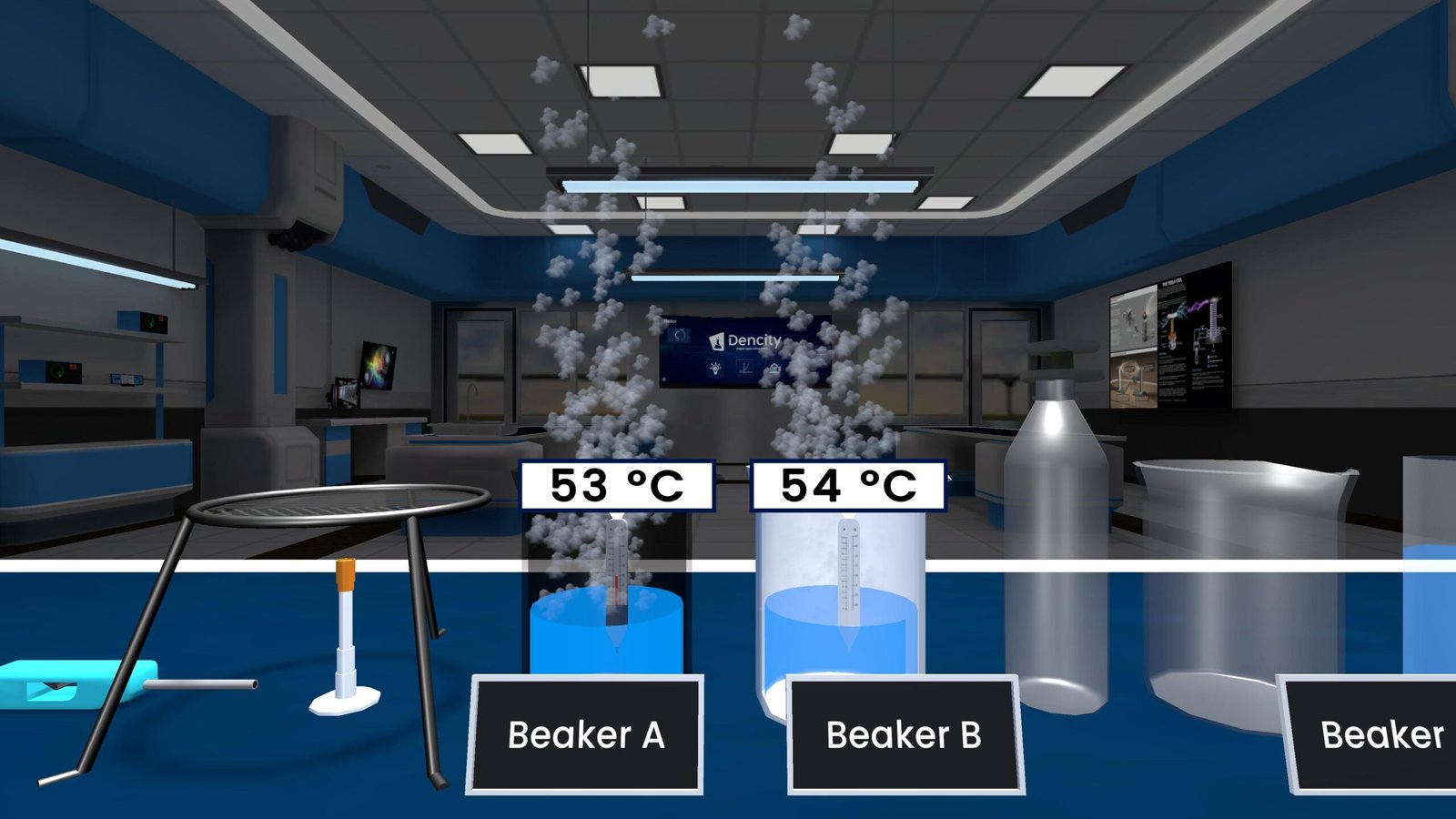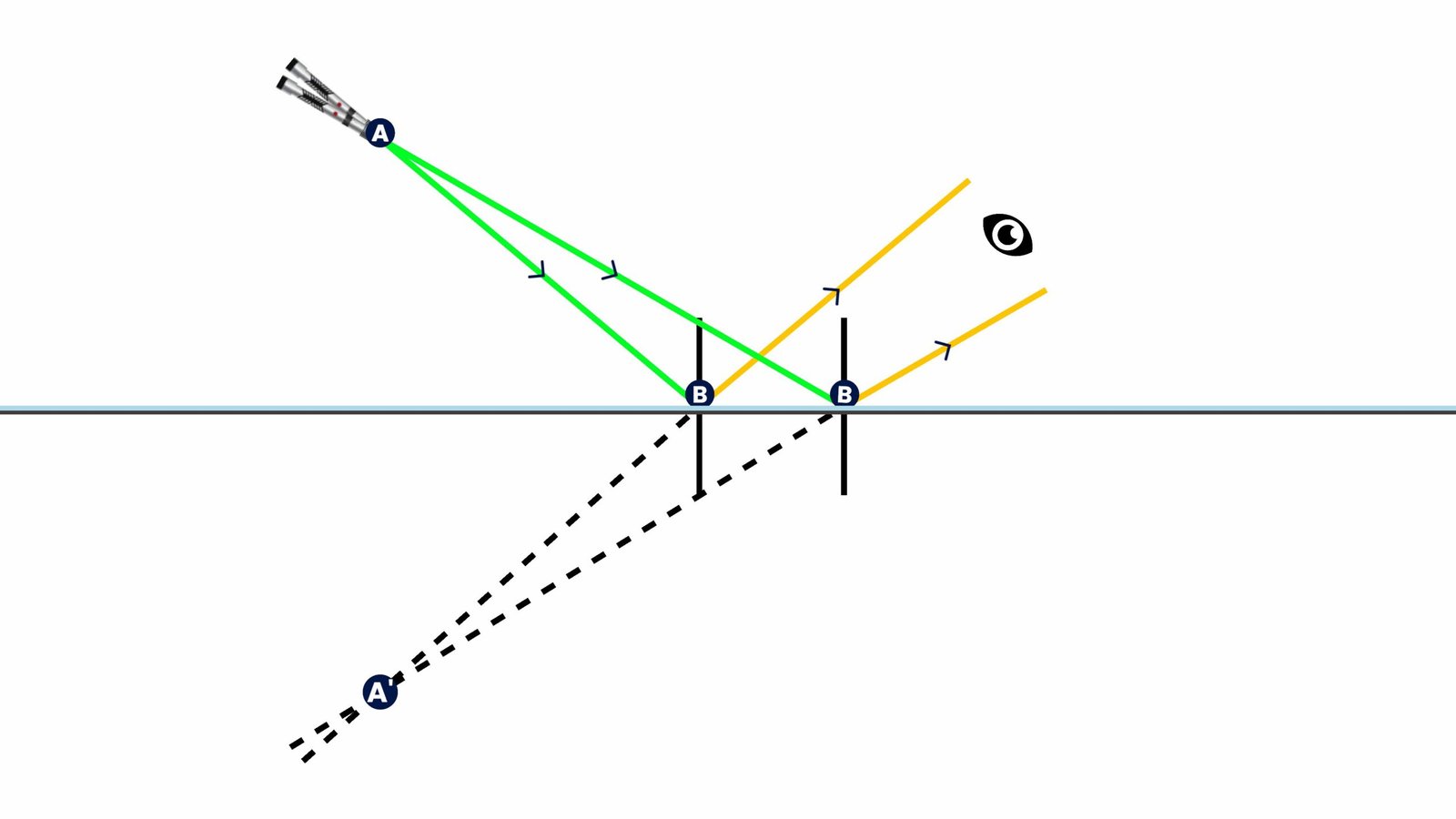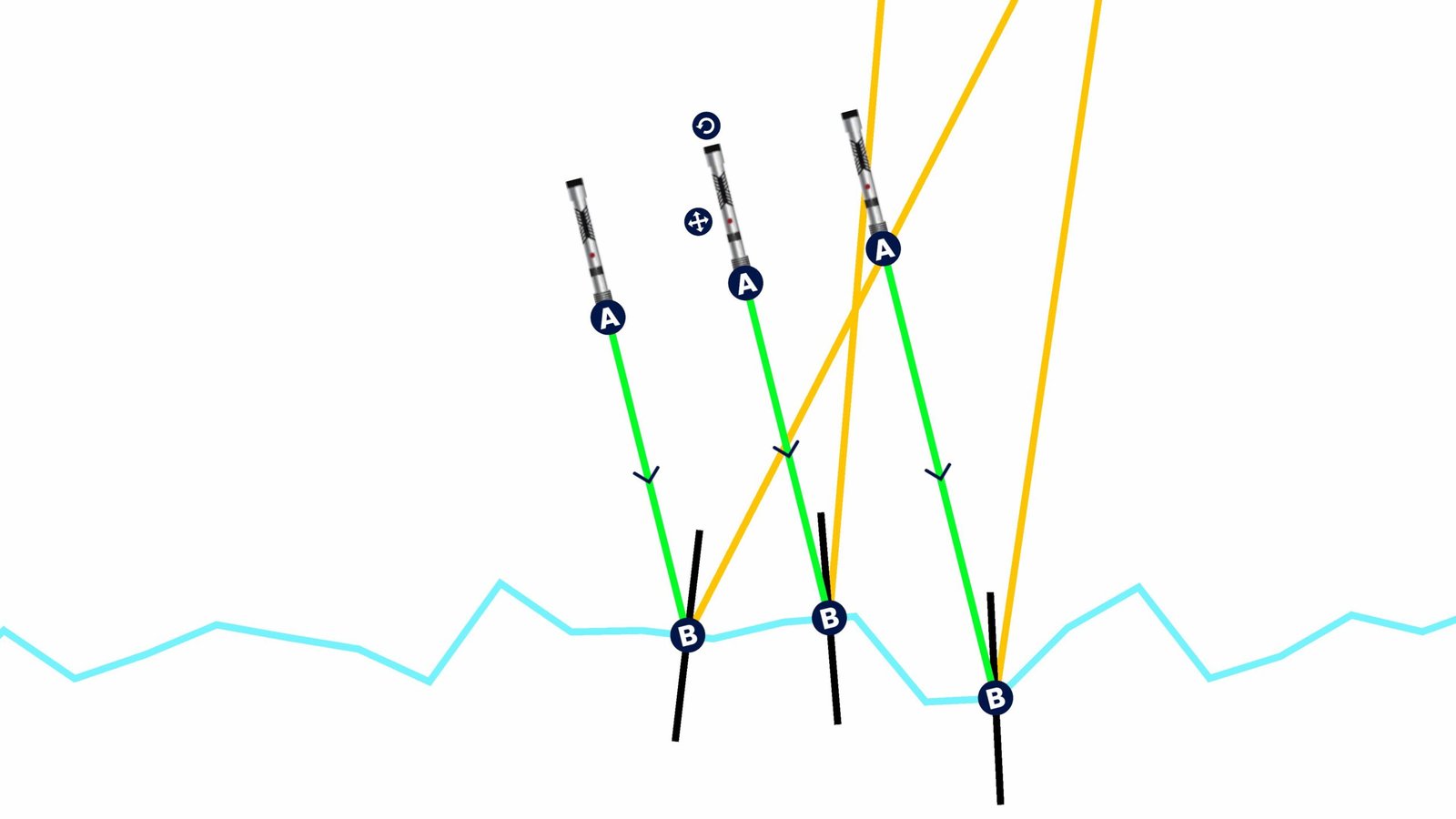Fleming’s Left Hand Rule – Force on a Current Carrying Conductor in a Magnetic Field
Have you ever wondered how an electric motor works or how electricity can make something move? It all comes down to a special principle in science known as Fleming’s Left-Hand Rule. This is a key part of Class 10 Science and helps explain how electricity and magnetism work together to create motion.
When an electric current passes through a conductor (like a wire) placed in a magnetic field, a force is produced. This force makes the conductor move. To figure out which way it moves, we use Fleming’s Left-Hand Rule.
How Does Fleming’s Left-Hand Rule Work?
Stretch the thumb, forefinger, and middle finger of your left hand so that they are all at right angles to each other:
-
Forefinger points in the direction of the magnetic field (from North to South),
-
Middle finger shows the direction of the current (from positive to negative),
-
Thumb then points in the direction of the motion or force on the conductor.
This simple rule helps us understand the working of electric motors, where electric energy is converted into mechanical energy.
Real-Life Use:
Electric fans, mixers, and electric vehicles all work using this principle. When current flows through coils placed in a magnetic field, the motor spins because of this force.
Learn Fleming’s Left-Hand Rule Easily with Dencity
Understanding science becomes much easier when you can see it in action. The Dencity app offers a virtual science lab where students can perform this experiment safely and interactively.
In Dencity, you can:
-
See how the conductor moves when the direction of current or magnetic field is changed.
-
Use visual arrows to represent magnetic field, current, and force.
-
Pause, repeat, and experiment multiple times to fully understand the concept.
This is perfect for Class 10 Science students and helps them build strong understanding for exams and real-world applications.
Dencity for Teachers
Dencity supports interactive teaching with:
-
Easy-to-create virtual classrooms,
-
Real-time student performance monitoring,
-
Auto-graded assignments,
-
Visual simulations that help explain difficult concepts like Fleming’s Left-Hand Rule with ease.
This helps teachers turn theoretical topics into fun and understandable experiences for students.
Dencity Works on Classroom Touch Panels
Dencity is built for interactive touch panels in smart classrooms. Teachers and students can drag, rotate, and control simulations with their fingers—making science come alive on the screen!
Contact Us for Custom Pricing or Demo
Schools and institutions interested in bringing virtual science labs to their classrooms can visit dencityapp.in or contact us directly for custom packages and demos.
Frequently Asked Questions
1. What is Fleming’s Left-Hand Rule used for?
It helps predict the direction of force on a current-carrying conductor in a magnetic field.
2. Which subjects is this related to?
This concept is part of Class 10 Science physics.
3. What is the role of the thumb in Fleming’s Left-Hand Rule?
The thumb shows the direction of the force or motion.
4. Can I see this experiment in action without a real lab?
Yes, using the Dencity virtual lab.
5. Is Dencity suitable for Class 10 students?
Absolutely! It’s designed for students from Class 9 to Class 12.
6. Can teachers assign this experiment as homework?
Yes, and they can also get automatic reports.
7. What if I change the direction of current in the app?
You’ll see the conductor move in the opposite direction.
8. Is it safe to use Dencity for learning experiments?
Yes, it’s 100% virtual and completely safe.
9. How do schools use Dencity in classrooms?
Via smart boards, touch panels, or computers.
10. Can I try Dencity before buying?
Yes, schools can request a demo and get custom pricing.







